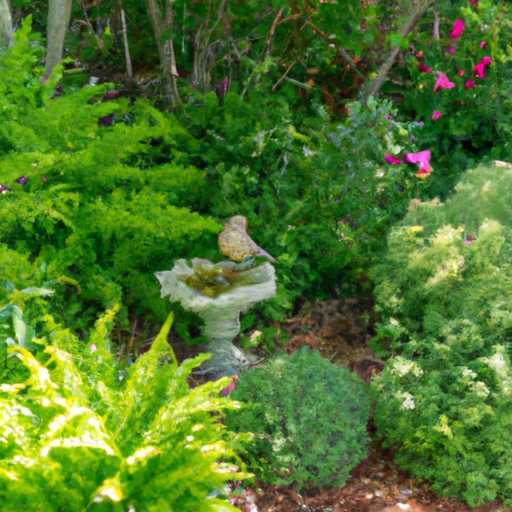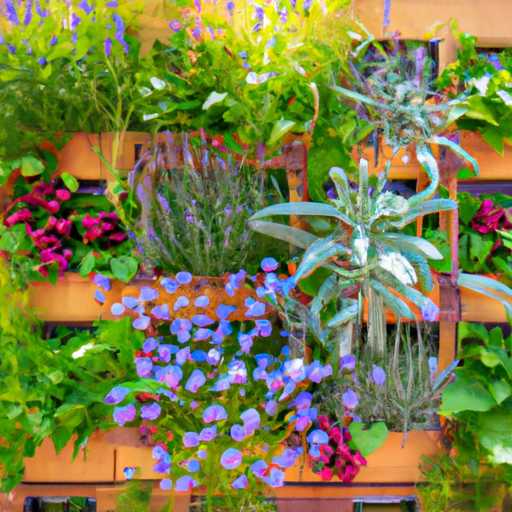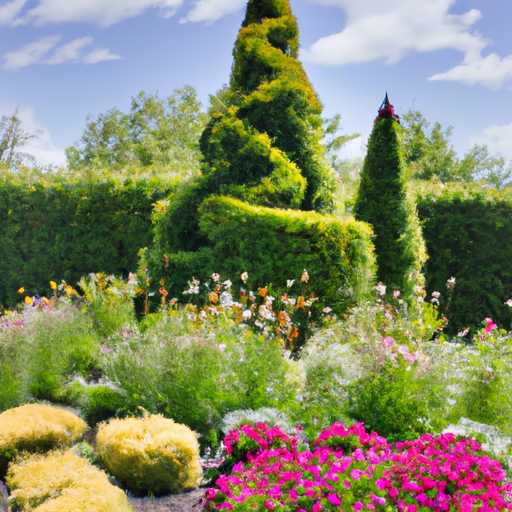Mastering Vertical Gardening: Tips for a Thriving Green Wall
Explore the art of vertical gardening with easy tips and techniques to create stunning green walls in your yard or balcony. Perfect for small spaces!
Introduction to Vertical Gardening
Vertical gardening has gained popularity as a fantastic way to make the most of limited space while enhancing your home's aesthetics. Whether you live in an apartment or have a quaint backyard, creating a vertical garden can be an inspiring and satisfying project. Plus, it’s an excellent solution for those who want to bring a little green into their lives without the hassle of traditional gardening. In this article, we’ll explore some tips, tricks, and techniques to make your vertical garden thrive, focusing on location selection, plant choices, and care practices that will keep your green space flourishing.Choosing the Right Location
The first step in creating a stunning vertical garden is selecting the perfect spot. Look for areas that receive plenty of sunlight throughout the day, preferably 6-8 hours. South-facing walls are ideal for maximizing sun exposure. If your desired space doesn’t receive full sun, don’t worry! Many plants can thrive in partial shade. Assess the site’s exposure to the elements, too. If you live in a windy area, consider using trellises or planters that can withstand stronger gusts. Stability is key to keeping your garden intact and growing well.Selecting the Best Plants
When it comes to plant selection, think about what you love and what will thrive in your chosen location. Some popular options for vertical gardens include:- Herbs: Basil, mint, and rosemary are not only fragrant but also add flavor to your cooking. They thrive in vertical environments and are easy to maintain.
- Succulents: These hardy plants come in various shapes and sizes. They require minimal care, making them perfect for beginners. You can create a visually stunning arrangement with colorful hues!
- Vines: Climbing plants such as ivy, clematis, or morning glory work beautifully on trellises, creating a lush, green curtain.
- Flowers: Don’t forget to add some vibrant colors! Petunias, geraniums, and even strawberries can create a joyful and lively vertical space. Make sure to consider the growth habits of the plants you choose. Mixing trailing, climbing, and bushy plants can create an eye-catching array of textures and heights in your garden.
Building Your Vertical Garden Setup
Now that you know where to plant and what to plant, it’s time to build your vertical garden setup! You can choose from various techniques, including:- Trellises: These are perfect for climbing plants and can be made from wood, metal, or even repurposed materials. Secure them against your wall or fence, and watch your plants flourish!
- Wall planters: These specially designed pots can be mounted directly onto your wall, creating a living art piece. They are available in various materials and styles, so choose one that matches your home’s aesthetic!
- Pallet gardens: Old wooden pallets can be transformed into stylish vertical planters. Fill the spaces with soil and plants, and lean them against a wall for a rustic look. Whichever method you choose, ensure adequate drainage to prevent water buildup, which can lead to root rot.
Caring for Your Vertical Garden
Caring for a vertical garden is quite simple and can become a delightful part of your daily routine. Here are a few tips to keep your garden healthy:- Water regularly: Vertical gardens may dry out faster than traditional gardens, so check soil moisture frequently. A drip irrigation system can help save time and ensure consistent moisture.
- Fertilize as needed: Using organic fertilizer can give your plants the nutrients they need to grow strong and vibrant. Many vertical garden plants enjoy monthly feedings during the growing season.
- Prune and deadhead: Regular maintenance, such as trimming back overgrown plants and removing dead flowers, will promote healthier growth and encourage blooming.
- Watch for pests: Keep an eye out for any signs of pests. Early detection makes dealing with them much more manageable. Natural remedies or insecticidal soap can help in controlling infestations.
Benefits of Vertical Gardening
Why should you consider starting a vertical garden? Here are some fantastic benefits:- Space-saving: Ideal for small living spaces, vertical gardens make use of vertical surfaces rather than floor space.
- Increased air quality: Plants contribute to better air quality by filtering pollutants and producing oxygen, creating a healthier environment in your home.
- Enhancing aesthetics: A vertical garden can be a stunning focal point for your home, adding charm and character to your outdoor or indoor areas.
- Food source: Growing your herbs or vegetables can be rewarding and economically beneficial, reducing trips to the grocery store.
Conclusion: Embrace the Green
Vertical gardening is not just a trend; it’s a creative and fulfilling way to enjoy the wonders of gardening, regardless of space limitations. So grab your tools, select your plants, and start your vertical gardening adventure today! With a little love and care, you’ll cultivate a stunning green wall that reflects your personality and brings joy to your home and garden. Happy gardening!
Creating a Wildlife-Friendly Garden: Tips for Beginners
Discover how to transform your garden into a haven for local wildlife with simple maintenance and landscaping tips for beginners.

The Joy of Vertical Gardens: Tips and Tricks for Urban Greenery
Discover the art of vertical gardening in urban spaces with effective tips, techniques, and benefits of creating green walls in your home.

Creative Pruning Tips for Beautiful Shrubs in Spring
Explore fun and creative pruning techniques to enhance your garden's shrubs this spring. Learn how to create stunning shapes and promote healthy growth.